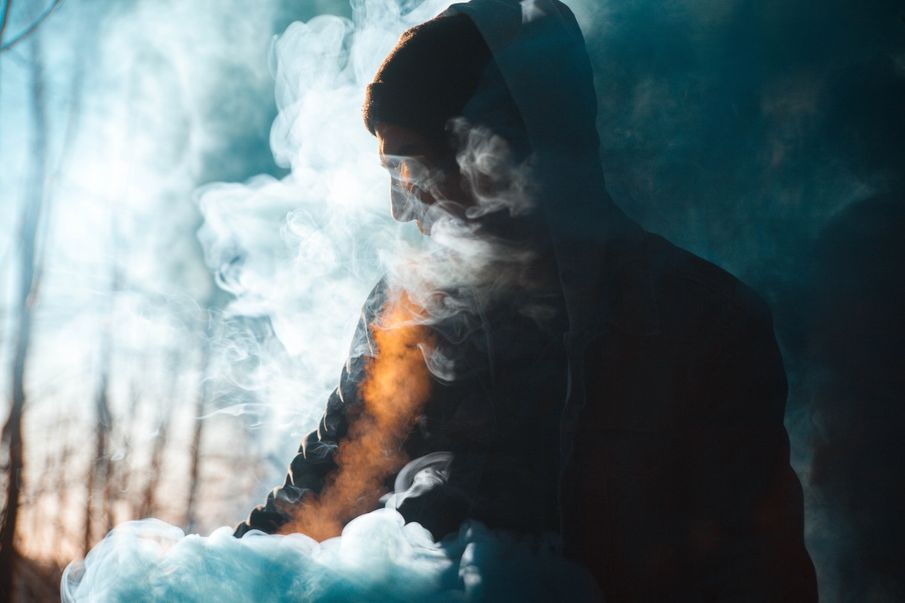The survey, conducted by the Ozanne Foundation revealed that out of those who had experienced conversion therapy, nearly 70% had had suicidal thoughts
The 2018 Faith and Sexuality Survey was designed to examine the role religious belief has on people’s understanding and acceptance of their sexual orientation in the UK.
Conducted by the Ozanne Foundation, the project was overseen by an influential Advisory Board, including Martin Pollecoff, Chair of UK Council for Psychotherapy (UKCP), Teddy Prout, Director of Community Services at Humanists UK and Khakan Qureshi, Founder of Birmingham South Asian LGBT - Finding A Voice.
However, the survey gained a particularly high level of response among those who had undergone efforts to change their sexual orientation. As a result, the findings provide strong evidence of the impact that attempts to change sexual orientation can have on the mental wellbeing of the person.
Key findings include:
- 68.7% reported having suicidal thoughts
- 59.8% experienced anxiety and depression, requiring medication
- 41.3% experienced anxiety and depression, not requiring medication
- 40.2% said they had self-harmed
- 24.6% said they had suffered from eating disorders
Some respondents said that they had been “given no choice and had to undergo” conversion therapy, while a handful said they had undergone “forced sexual activity with someone of the opposite gender” in order to attempt to change.
The report confirms that this is an issue particularly affecting vulnerable LGBTQ+ teenagers, with over half of respondents saying they were under 18 when attempting to change their sexual orientation. Several reported being young than 12 at the time.
Paul Bayes, Bishop of Liverpool and Chair at the Ozanne Foundation said that the results were “shocking and sobering”.
“The statistics reflect lives which have been scarred and strained by mixed messaging of love, acceptance, condemnation and fear.”
Truly shocking research by @OzanneFoundn that shows the deep damaging impact of conversion therapy on LGBT people. The @churchofengland has called for it to be banned and now the government needs to honour its commitment to outlaw it https://t.co/vVpCyRXLTm
— Mark Russell (@markrusselluk) February 20, 2019
In 2017 the Church of England called for the Government to ban the practice, condemning conversion therapy as unethical and potentially harmful and that it “had no place in the modern world”. Currently, conversion therapy is still legal in the UK and much of the US. The most common reason given by respondents for undergoing the practice was the belief that their desires were “sinful”.
“It’s clear there is a whole lot of hurt that the churches and the other faiths have administered to people. The Church of England was right to say 18 months ago that this practice should come to an end, and we need to carry that through on the ground” said Bayes.
“I think there is still a work of education to be done in the different dioceses. Bishops need to make sure that local churches understand that LGBTQI orientation and identity is not a crime, not a sin and that conversion therapy should be brought to an end.
“If people are made to feel second rate on account of their sexuality or their gender identity, that it wrong. And where it happens it needs to be repented of, and I and others need to apologise to anyone who’s been hurt by that.
“There is a culture change in certain parts of the church which is ongoing, and the only way to fix that is through constant education.”
Laura Russell, Head of Policy at Stonewall said: “Any form of ‘therapy’ that attempts to change someone’s sexual orientation or gender identity is unethical and wrong.
“These so-called ‘therapies’ have been condemned by all major UK health organisations as they try to shame a person into denying a core part of who they are, and this can have a seriously harmful impact on their mental health and wellbeing.”
Earlier this year, Channel 4 News' Minnie Stephenson spoke to David Matheson, former leader of a conversion therapy movement in the US. Having now come out as gay, Matheson talks about the regret he feels for being a part of the system, and the “architect” behind some of the retreats practicing conversion therapy.
Whatever you’re going through, know that you can contact the Samaritans for free on 116 123. For more information on where to get help, please contact Stonewall’s Information Service on 08000 502 020 or email info@stonewall.org.uk.
If you are worried about your mental health, Counselling Directory can help you find a counsellor near you. Search for therapists in your area by entering your location in the box below.


Comments